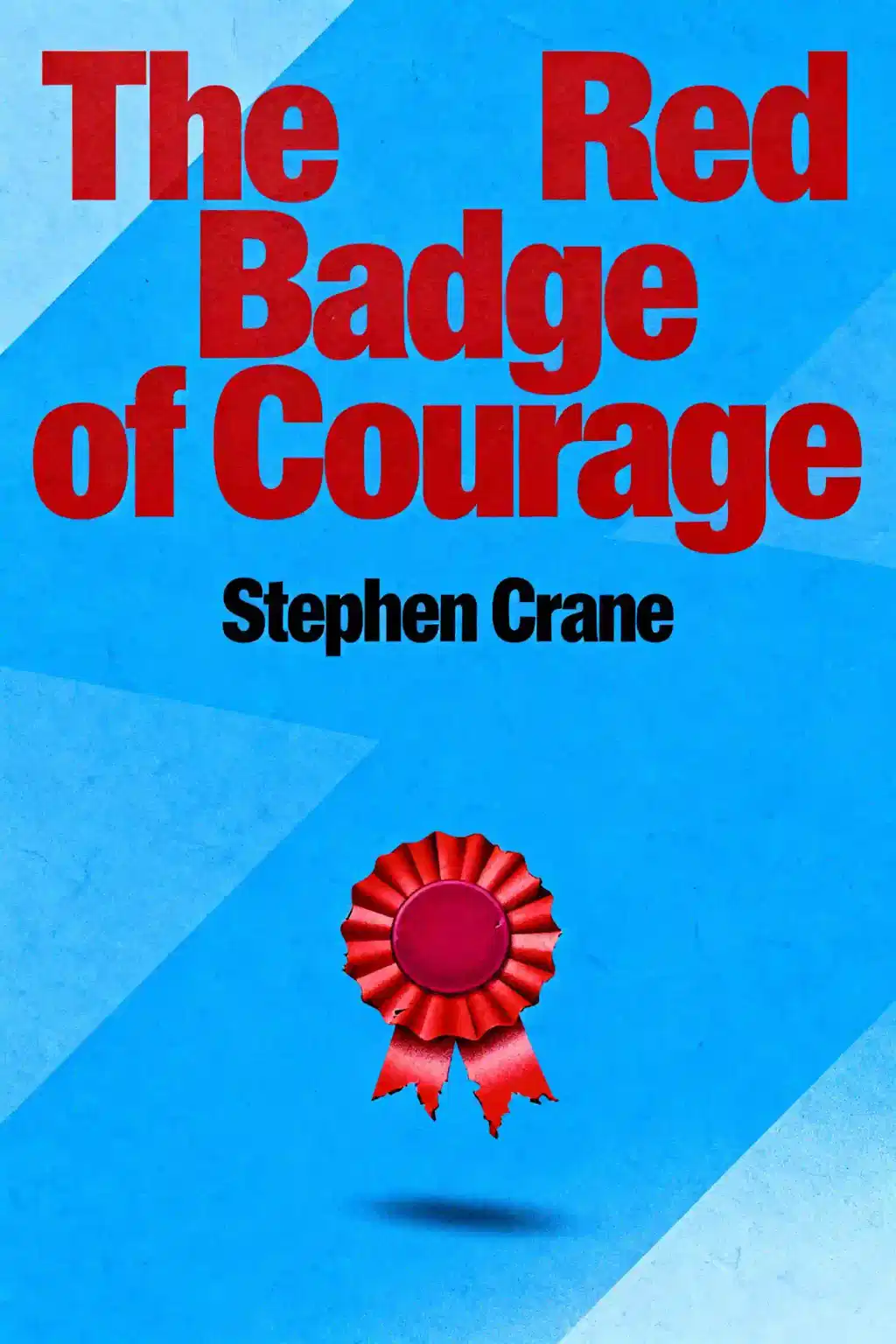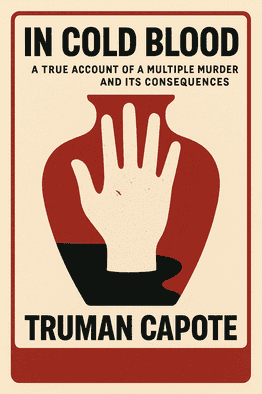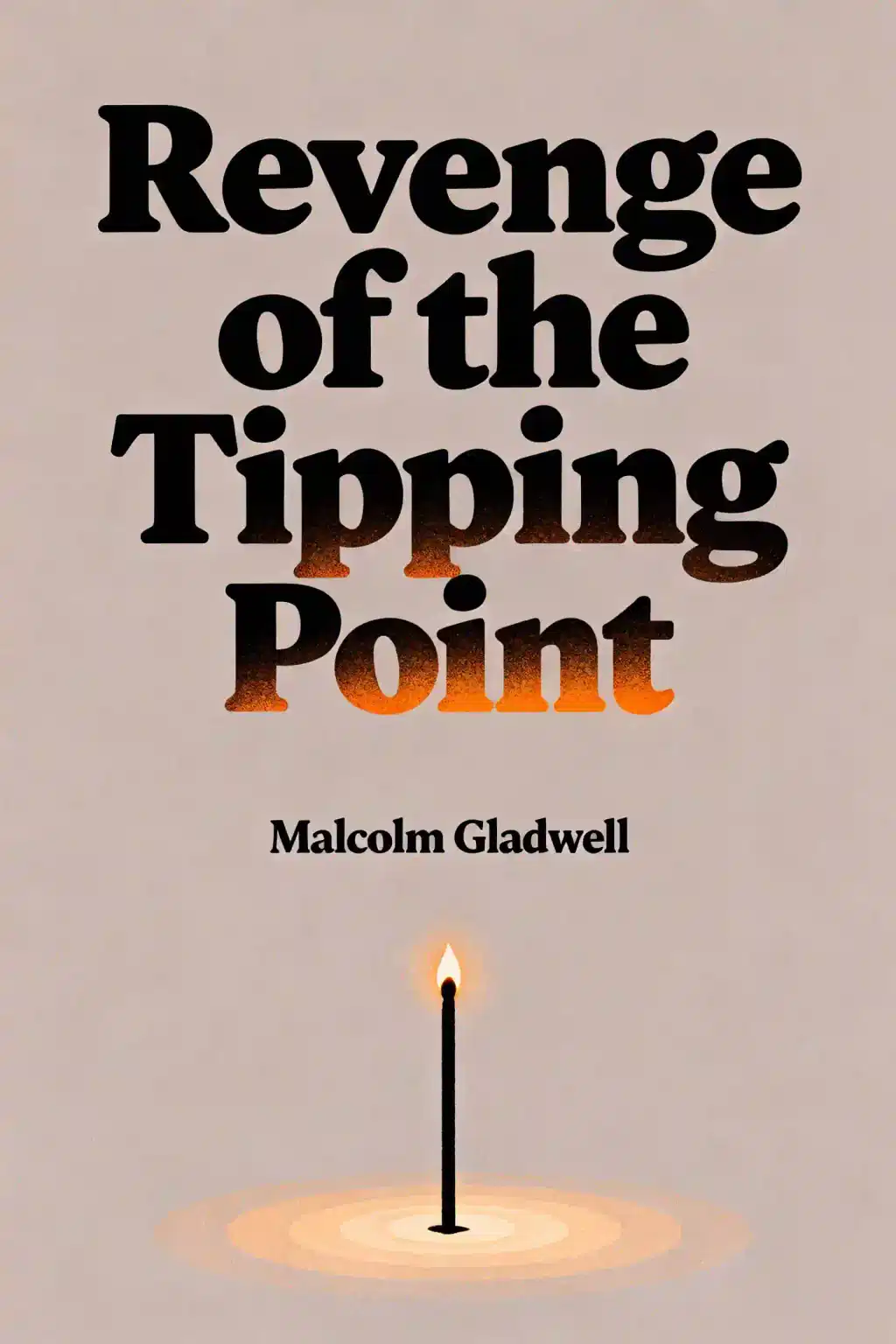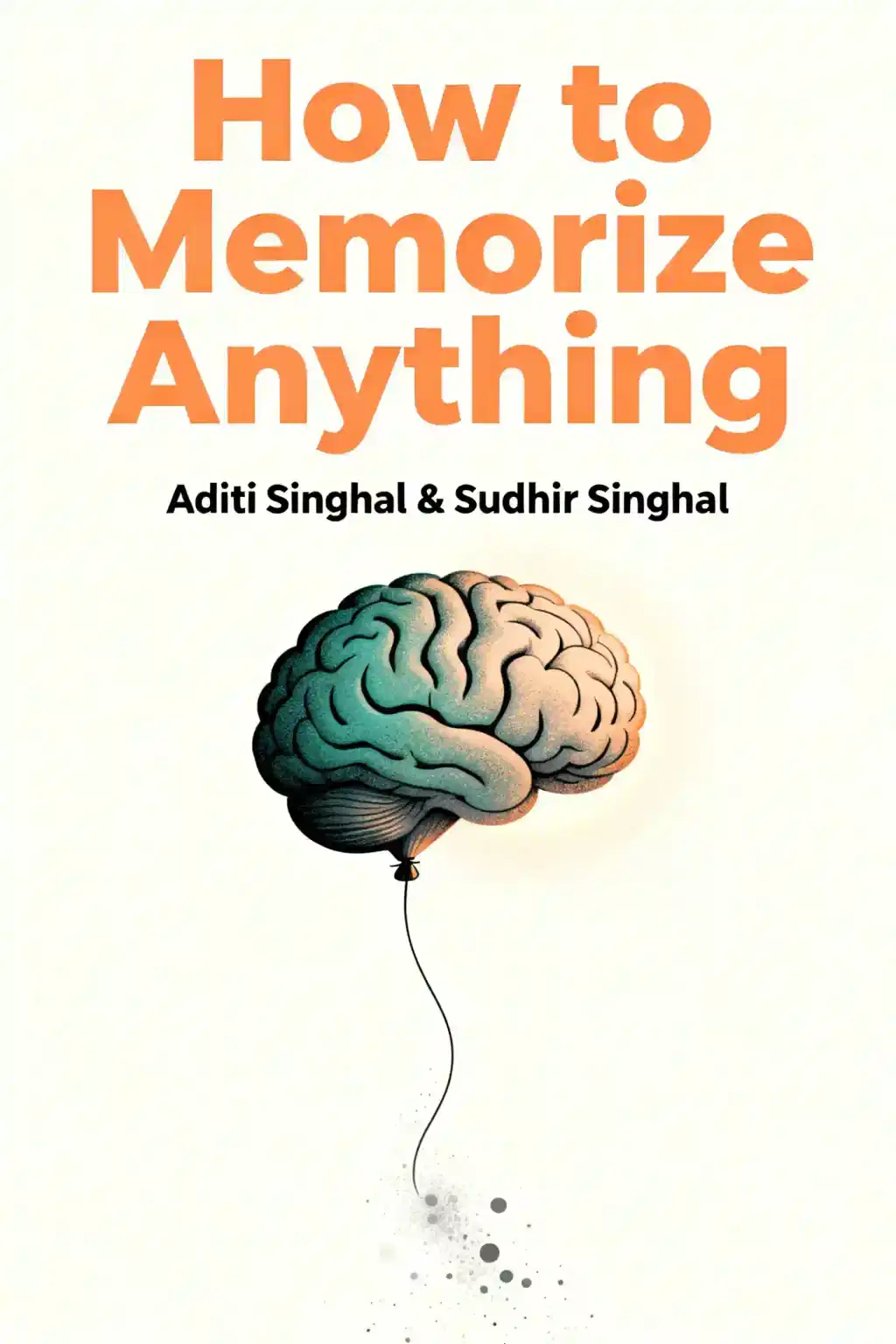
The Red Badge of Courage by Stephen Crane Summary
Step into the Civil War through a young soldier's mind in this revolutionary novel that stunned H.G. Wells and Joseph Conrad. Written by a 25-year-old who never saw combat, Crane's masterpiece influenced war literature forever - even inspiring Audie Murphy's award-winning film adaptation.
About the author
Stephen Crane (1871-1900) was an American novelist, poet, and journalist best known for his Civil War masterpiece The Red Badge of Courage. Published in 1895, this groundbreaking war novel explores themes of fear, courage, and psychological trauma through young Union soldier Henry Fleming.
Remarkably, Crane crafted this intensely realistic battle narrative entirely through imagination and research, having never experienced combat firsthand when he wrote it at age 23.
A pioneer of literary naturalism and realism, Crane also authored notable works including Maggie: A Girl of the Streets and the acclaimed short story "The Open Boat." He worked as a war correspondent covering conflicts in Greece, Cuba, and Puerto Rico.
Though tuberculosis claimed his life at just 28, Crane's literary legacy proved enduring. The Red Badge of Courage has never gone out of print since its publication, remains required reading in schools and universities worldwide, and is considered one of the defining classics of American literature.
FAQs About This Book
The Red Badge of Courage follows Henry Fleming, a young Union soldier during the American Civil War who flees from his first battle in panic. Overcome with shame and longing for a wound to prove his bravery, Henry eventually returns to his regiment and redeems himself by fighting courageously and serving as flag-bearer. The novel explores the psychological experience of fear, cowardice, and courage through Henry's internal transformation from frightened youth to battle-tested soldier.
The Red Badge of Courage is ideal for readers interested in psychological war literature, American Civil War history, and coming-of-age narratives. Students studying American literature, history enthusiasts seeking realistic battlefield portrayals, and anyone exploring themes of courage, fear, and personal growth will find value in this classic. The novel appeals to those who appreciate character-driven stories that examine internal struggles rather than glorified war narratives.
The Red Badge of Courage remains a landmark American novel renowned for its groundbreaking psychological realism and impressionistic style. Despite Stephen Crane never experiencing battle firsthand, the book garnered widespread acclaim upon publication in 1895, making him an instant celebrity at age twenty-four. Its distinctive use of color imagery, realistic battle sequences, and exploration of universal themes like fear and courage have kept it continuously in print for over 130 years, solidifying its status as essential American literature.
Stephen Crane was an American author born after the Civil War who wrote The Red Badge of Courage in 1894 at just 23 years old, using contemporary accounts and veteran interviews for research. Despite having no battle experience, Crane created a novel celebrated for its realism, naturalism, and psychological depth that revolutionized war fiction. The book's success brought him instant fame and established a new standard for depicting the internal experience of soldiers rather than external heroics, influencing generations of war literature.
The "red badge of courage" represents a battle wound that Henry Fleming desperately desires as visible proof of bravery and sacrifice. After fleeing from combat, Henry enviously observes wounded soldiers and believes a wound would counteract his shameful cowardice, serving as physical evidence that he fought honorably. Ironically, when Henry does receive his head wound, it comes not from enemy fire but from being struck by a fellow Union soldier's rifle during a chaotic retreat.
Henry Fleming flees when Confederate soldiers regroup and charge his regiment a second time, overwhelming him with terror and convincing him the battle is lost. Despite fighting adequately during the first assault, Henry panics during the second charge and runs, justifying his desertion by reasoning that self-preservation is natural and those who stayed were fools. Only after escaping does he discover his regiment actually held their position successfully, intensifying his shame and guilt.
Henry Fleming redeems himself by returning to his regiment and fighting with extraordinary bravery in subsequent battles, even going "berserk" and continuing to fire after the enemy retreats. He seizes the regimental flag when the color sergeant falls and leads charges while unarmed, becoming the flag-bearer who rallies his exhausted comrades. His fierce combat performance earns praise from officers and fellow soldiers, allowing him to overcome his earlier cowardice and prove his courage, though he carries lingering guilt throughout.
The Red Badge of Courage examines the psychological transformation from romantic illusions about war to harsh reality through Henry Fleming's journey from cowardly deserter to courageous soldier. Central themes include:
- The nature of courage versus cowardice
- Coming-of-age and loss of innocence
- The disconnect between heroic war fantasies and brutal combat experiences
Stephen Crane also explores man's internal struggle with fear, self-delusion about heroism, and the indifference of nature to human suffering during warfare.
The Red Badge of Courage is believed to be based on the Battle of Chancellorsville, fought in Virginia in 1863 during the American Civil War. Stephen Crane never names the specific battle in the novel, referring only to the fictional 304th New York Infantry Regiment. Crane likely researched the battle through contemporary accounts published in Century Magazine and possibly interviewed veterans of the 124th New York Volunteer Infantry Regiment, known as the Orange Blossoms.
Jim Conklin, Henry Fleming's friend from home and a tall soldier in the regiment, is shot in the side during battle and suffers from blood loss and delirium. Henry encounters Jim among a group of wounded soldiers retreating from combat, where Jim's condition rapidly deteriorates. Despite Henry's attempts to help, Jim defiantly resists aid, runs wildly into nearby fields, and ultimately dies from his wounds while Henry watches helplessly, leaving Henry enraged and devastated.
Stephen Crane employs a distinctive impressionistic style featuring realistic battle sequences, extensive color imagery (especially red, gray, and blue), and ironic tone throughout The Red Badge of Courage. His groundbreaking approach focuses on the protagonist's internal psychological experience rather than external events, what Crane called a "psychological portrayal of fear". The naturalistic writing depicts war's chaos through fragmented sensory details, stream-of-consciousness passages, and symbolic language that separates the novel from traditional heroic war narratives.
The Red Badge of Courage concludes with Henry Fleming leading a successful charge against Confederate forces while carrying the regimental flag, capturing enemy soldiers and proving his courage. As his regiment marches back to camp in the rain, Henry reflects on his transformation from frightened youth to battle-tested man, feeling he has overcome "the red sickness of battle". Despite lingering guilt about his earlier desertion, Henry experiences newfound maturity and tranquility, yearning for peace as a golden ray of sun breaks through the rain clouds.
Quick Summary Mode - Read or listen to The Red Badge of Courage Summary in 8 Minutes
Break down key ideas from The Red Badge of Courage into bite-sized takeaways to understand how innovative teams create, collaborate, and grow.
Flash Card Mode - Top 10 Insights from The Red Badge of Courage in a Nutshell
Distill The Red Badge of Courage into rapid-fire memory cues that highlight Pixar’s principles of candor, teamwork, and creative resilience.

Fun Mode - The Red Badge of Courage Lessons Told Through 19-Min Stories
Experience The Red Badge of Courage through vivid storytelling that turns Pixar’s innovation lessons into moments you’ll remember and apply.
Personalize Mode - Read or listen to The Red Badge of Courage Summary in 0 Minutes
Ask anything, pick the voice, and co-create insights that truly resonate with you.

From Columbia University alumni built in San Francisco
See More Stories?

Get the The Red Badge of Courage summary as a free PDF or EPUB. Print it or read offline anytime.
























